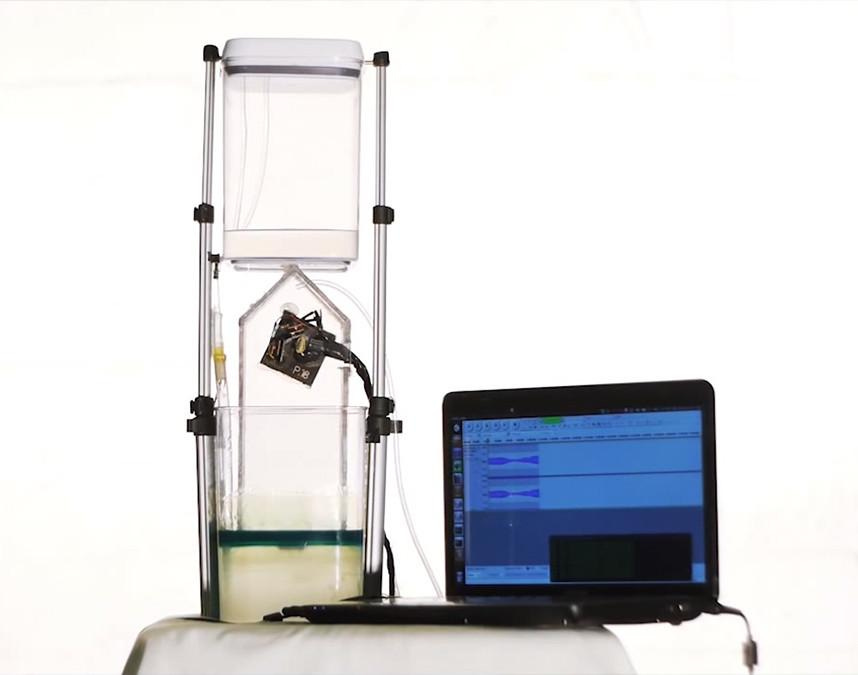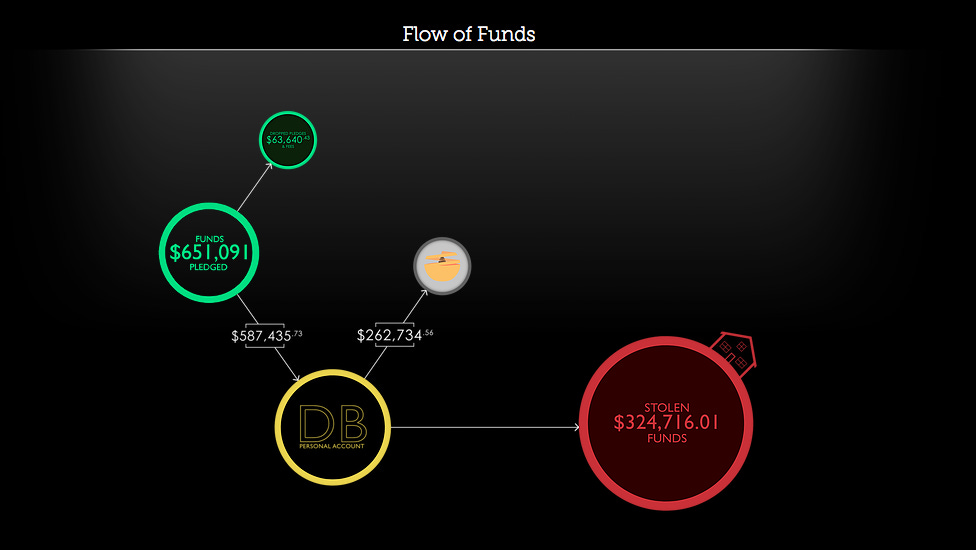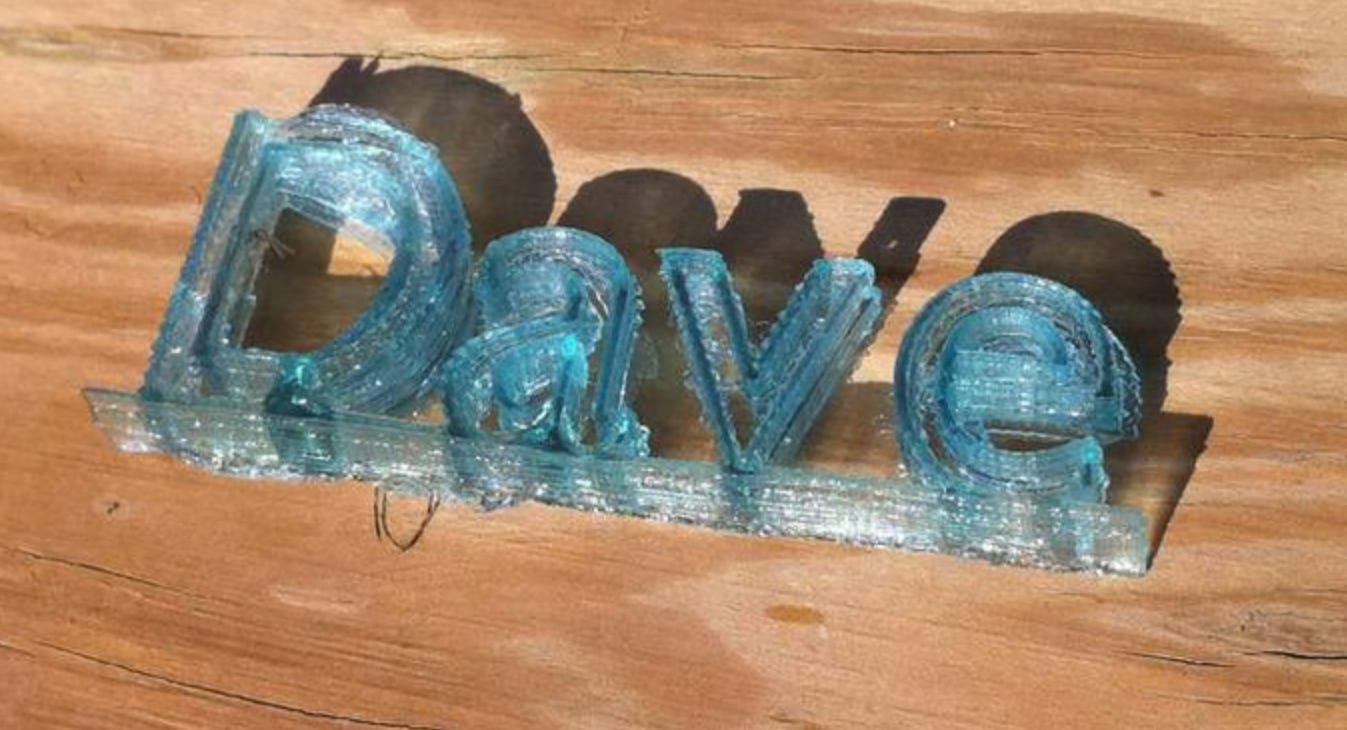Peachy Printer anniversary: how a 3D printer Kickstarter project turned into a co-founder's house
A look at one of the most notorious scams in AM history
In the early days, Kickstarter was like a real casino. You’d place your money on an innovative product, and either you got it—or you didn’t.
Your influence over the outcome was comparable to playing roulette—you just assumed that this time “17” had to hit; you simply trusted that the project creators would deliver what they promised.
Today, Kickstarter is no longer what it once was—at least not in the world of 3D printing.
These days, the platform is primarily used by Chinese companies that already have fully developed products and use Kickstarter mainly as a pre-order system. That was the case with the Creality CR30 (PrintMill)—from the beginning, it was obvious the project would succeed. The only real question was how the system would perform in practice.
It’s the same with the recently concluded WonderMaker campaign—no one doubts that the printers will ship to backers. We’re just curious about how well they’ll actually perform.
No risk at all. No gamble.
But back in the day, things were entirely different. Back then, it was already a major success if the creator even managed to build something.
Kickstarter was the starting point for many major and well-known companies: Formlabs, B9 Creations, Printrbot, Robo 3D, Zortrax, M3D (Micro), Snapmaker, Phrozen, AnkerMake, and Bambu Lab.
Unfortunately, far more projects failed…
The most infamous failures include the Buccaneer from Pirate3D, Tiko 3D, ONO-OLO, and… the Peachy Printer. Today we’ll talk about the latter—because it is the only campaign where the failure was officially and undeniably the result of embezzlement, not the usual “we tried but couldn’t make it work.”
Here’s the notorious story of a crowdfunding campaign where, instead of an innovative $100 photopolymer 3D printer, what got built was a house—by one of the founders.
One of the most innovative 3D printers in the history
The Peachy Printer project was initiated in 2013 by Canadian inventor Rylan Grayston, who developed a prototype of an extremely low-cost 3D printer that printed with light-curable resins.
The Peachy Printer was a truly ambitious printer and aimed to revolutionize the market with its ultra-low price and innovative approach to technology. The device was supposed to cost just $100, a remarkable achievement in 2013 when most 3D printers were still priced in the thousands.
The number of unique solutions it featured is impressive even today. Whether it would have worked as imagined remains unclear—but on paper, it looked extraordinary.
Essentially, the Peachy Printer was based on stereolithography (SLA)—curing resin with a laser beam.
The resin floated on the surface of a saltwater solution, which helped maintain levelness and aided the curing process. A low-powered laser was used to draw the shapes.
One of the most innovative aspects of the Peachy Printer was its use of the computer’s sound card to control laser movement.
Instead of traditional stepper motors, the printer used a pair of mirrors to direct the laser beam. These mirrors were controlled by electrical signals sent via the audio output of the computer—an unusual but cost-effective solution.
The audio signal generated by custom software was played through the computer's speaker output and powered electromagnetic mirrors, which reflected and steered the laser beam along the X and Y axes, drawing the shape of each model layer. The intensity of the audio signal (e.g., volume) corresponded to the voltage moving the mirrors—the higher the voltage, the more the mirrors moved, enabling precise laser guidance.
These audio files were not regular recordings, but special sound waves encoding laser movement data.
Blender, the popular free 3D modeling software, played a crucial role in preparing models for printing on the Peachy Printer. Grayston developed a Blender add-on that converted 3D models into audio files.
Another innovation was the Z-axis control, managed via a dripping system.
Under the printer was a container with the saltwater solution, on which the resin floated. Water was gradually added to the container, raising the resin level. Each new model layer was cured on the resin surface, and the rising level allowed new layers to be printed on top of the already cured ones.
To summarize:
The user would import a 3D model into Blender and use the Peachy Printer plugin to convert it into an audio file.
The printer was connected to the computer via an audio cable; the audio file was played back, and the sound signal powered the printer's mirrors, steering the laser beam along the X and Y axes to draw the first layer of the model in the resin.
The dripping system added water to the container, raising the resin level, enabling the next layer to be printed.
This process repeated for each layer until the model was complete, with the audio file controlling the laser’s movement layer by layer.
The Peachy Printer was also supposed to feature 3D scanning functionality, although the specifics of this feature were never clearly explained, and Grayston never elaborated much on it.
A Huge Success!
The crowdfunding campaign was launched on September 20, 2013. Grayston and his business partner, David Boe, were asking for 50,000 Canadian dollars.
Instead, within a month, 4,420 backers pledged a staggering CA$651,091!
It looked like we were witnessing the rise of another Formlabs—or at the very least, a success on the scale of B9 Creator or Printrbot.
Grayston became a star in the additive manufacturing media space—I even interviewed him myself in December 2013. He spoke to me in a modest and humble way about the project’s behind-the-scenes story, the Kickstarter success, and his plans for developing the system.
In the months following the campaign, Grayston regularly shared updates, publishing demo videos and technical progress reports. However, by 2014, delays began to appear, and the updates became less frequent.
As time passed, the memory of the Peachy Printer faded—except for the backers, who, though they hadn’t pledged much money, still hoped to receive the product they had ordered.
Yet they remained understanding. Instead of threatening lawsuits, all the backers supported Grayston’s team and patiently waited for the work to be completed.
Unfortunately, neither they—nor anyone else—knew that the project would never be completed.
Because the Kickstarter funds had been spent on something else entirely.
The Big Reveal…
9 years ago, on May 11, 2016—two and a half years after the campaign ended—Grayston published videos on Kickstarter revealing that his business partner, David Boe, had embezzled around $320,000, which he spent on building a house.
This house:
How was this possible? The campaign funds were never deposited into a Peachy Printer company account—because such an account didn’t exist. Instead, the money went to Boe’s personal account, as he was supposed to handle the company’s finances and business operations (Grayston was the inventor).
Over a span of three months, Boe spent over $320,000 constructing his house in Saskatoon, believing he could repay the funds with a mortgage he expected to receive.
However, the house was never completed, and the bank reportedly declined the loan due to its unfinished state.
Grayston discovered the situation in November 2014. But he didn’t go public immediately—instead, he spent the next year trying to recover the funds, signing a repayment agreement with Boe that included interest.
By March 2015, Boe had repaid only $111,000, then stopped making payments.
In April 2016, Grayston published a statement on Kickstarter disclosing the embezzlement and included a recording in which Boe confessed to the theft.
The video—controversial for its dramatic music and animated presentation—contained evidence: bank statements, audio recordings, and photos of Boe’s house.
Grayston reported the case to the Saskatoon police, removed Boe from the company, and took over his shares. But by then, Rinnovated Design Inc. (the company behind Peachy Printer) was already insolvent.
Attempts to secure new funding and plans to sell printers at retail before shipping to backers failed—primarily due to a lack of safety certifications for the laser and the complete depletion of funds.
Aftermath
The project collapsed. The 3D printers were never finished and never reached the backers. Unlike the infamous ONO-OLO, which at least shipped a few units and was displayed at trade shows, the Peachy Printer never saw the light of day in a final, commercial form.
Legal consequences for David Boe remain unclear. Although an investigation was launched, there is no public record of a conviction. The exact amount embezzled is disputed, and Boe contested Grayston’s numbers in an interview with VICE News Canada.
He also challenged the recordings posted on Kickstarter, claiming that his confession had been forced.
Grayston made efforts to save the project, seeking additional financing—including a personal $50,000 loan and Canadian government grants—but these attempts were unsuccessful. In the name of transparency, the company released all source files and project materials on GitHub, but the project was never revived.
In 2017, the Peachy Printer was officially declared defunct, citing insurmountable debt and the absence of a working team. Kickstarter, referring to its terms of service, refused to issue refunds, emphasizing that crowdfunding does not guarantee project fulfillment.
The money was lost forever.
According to LinkedIn, Grayston became involved with the electric bike company Biktrix, but aside from that, no new public information about him exists online.
And there is no trace of David Boe.
Finally, despite the release of the project’s materials on GitHub, there has been no known attempt to revive or adapt Grayston’s innovations to create a new 3D printer.
Maybe it wasn’t that great of an invention after all…










